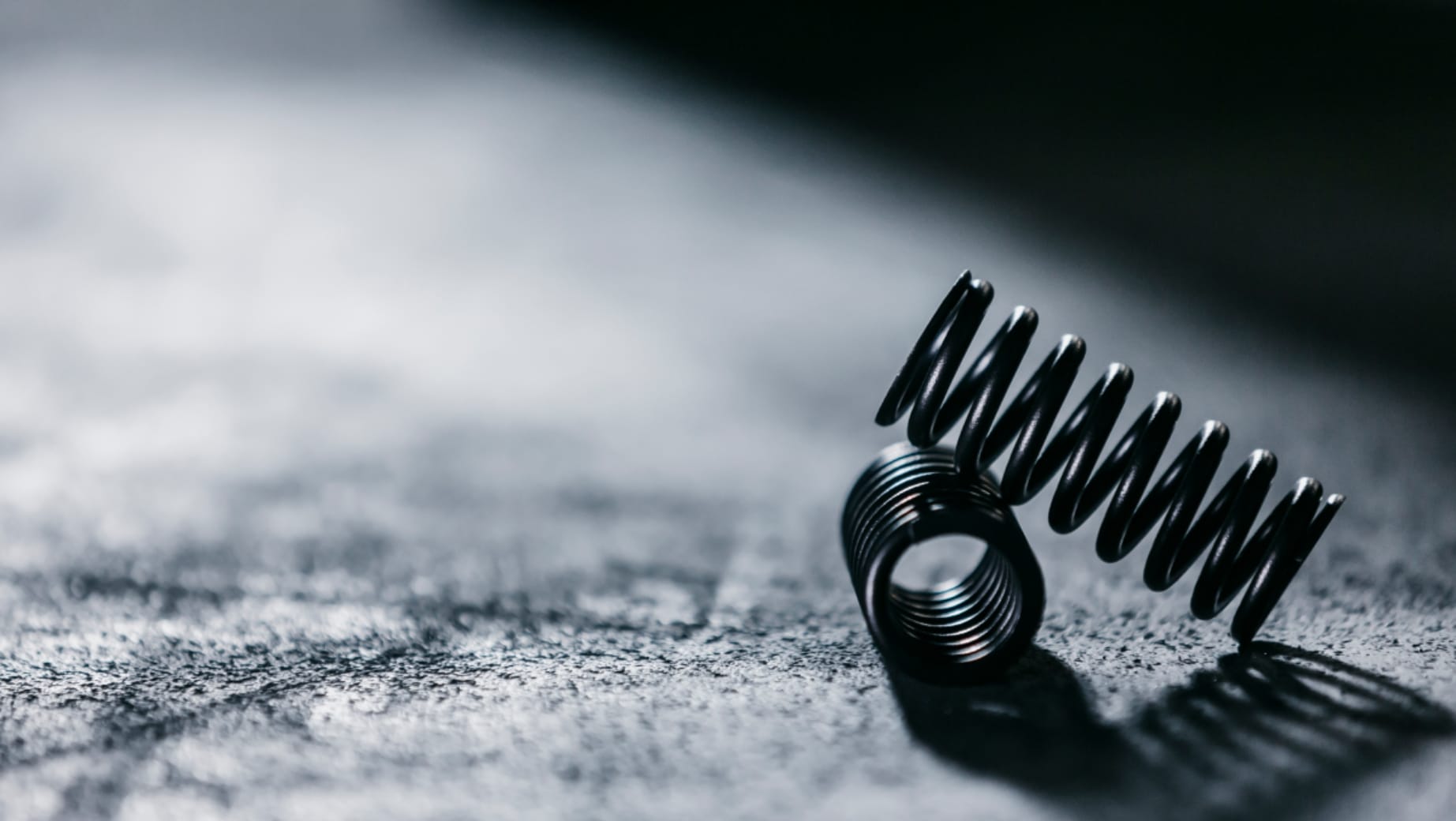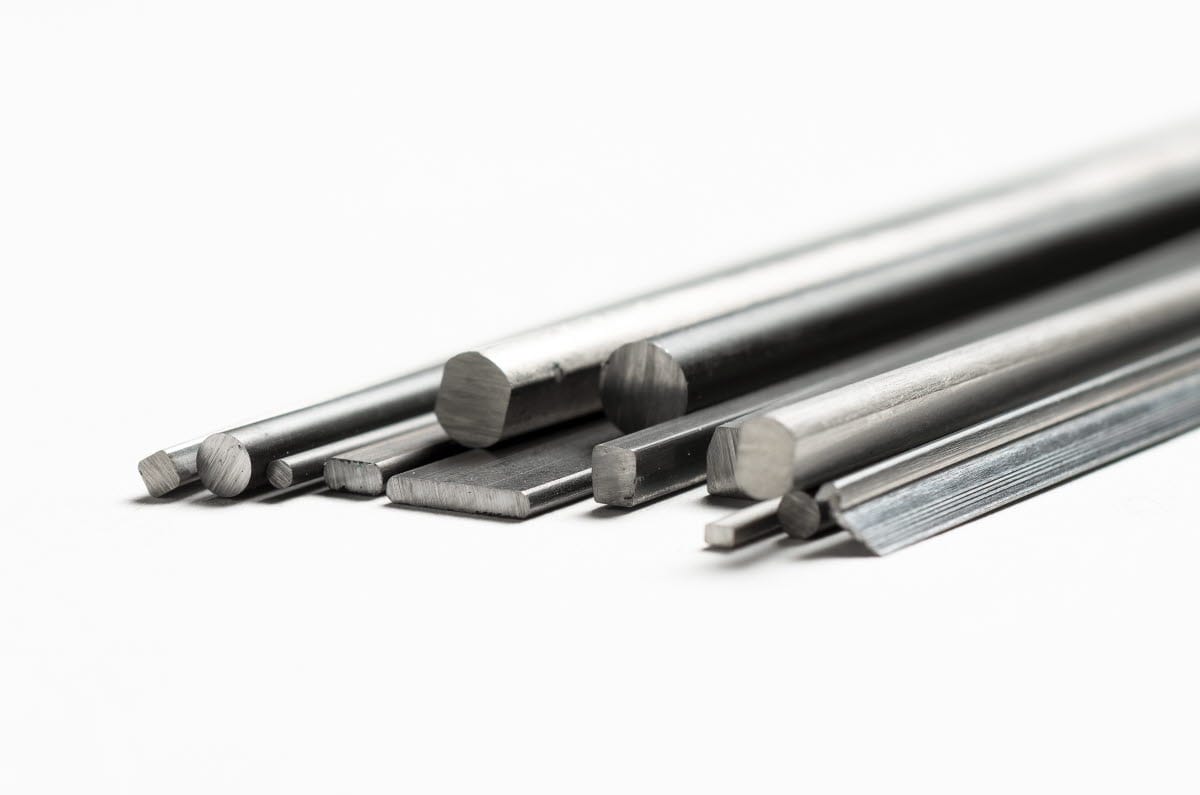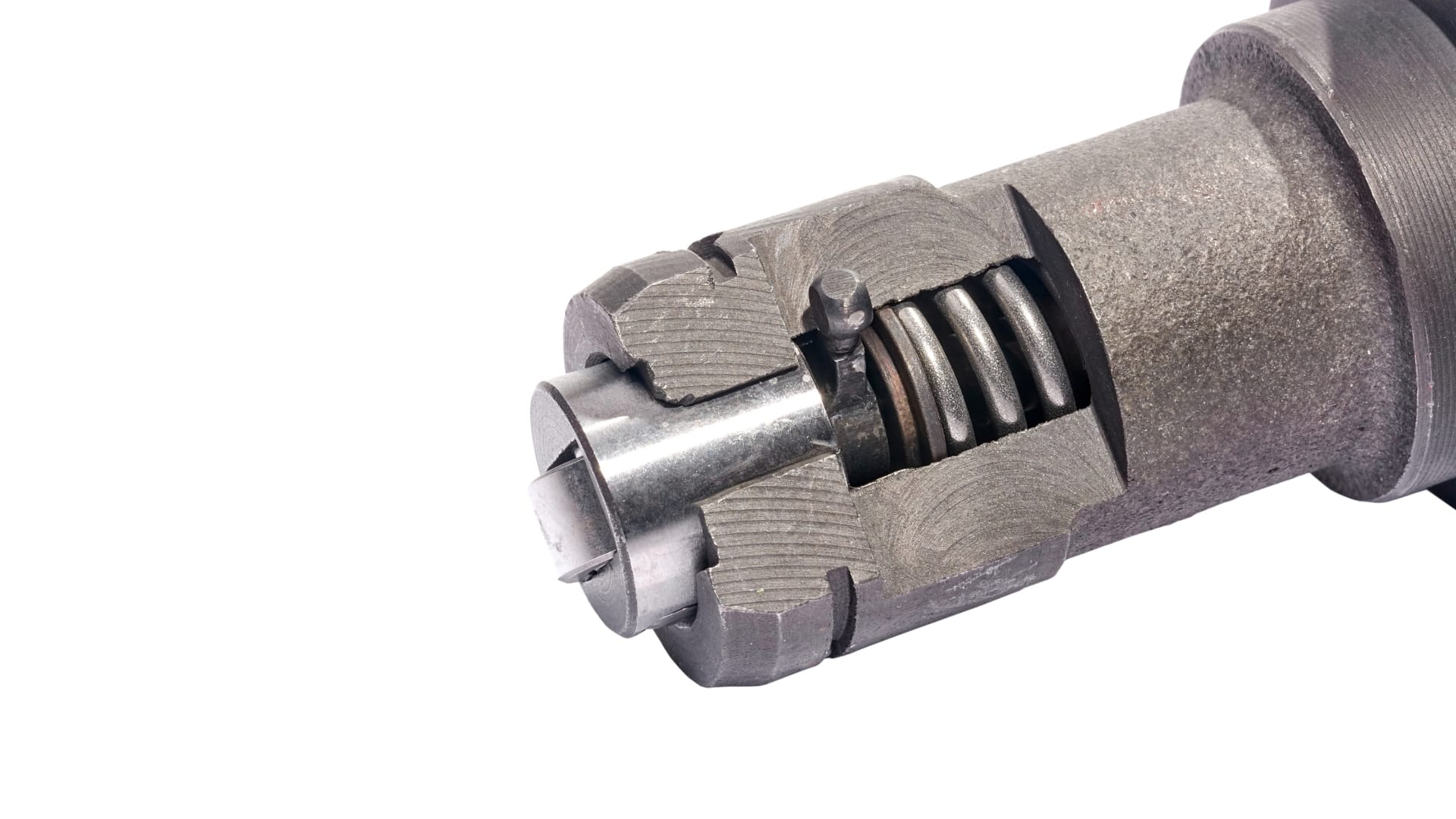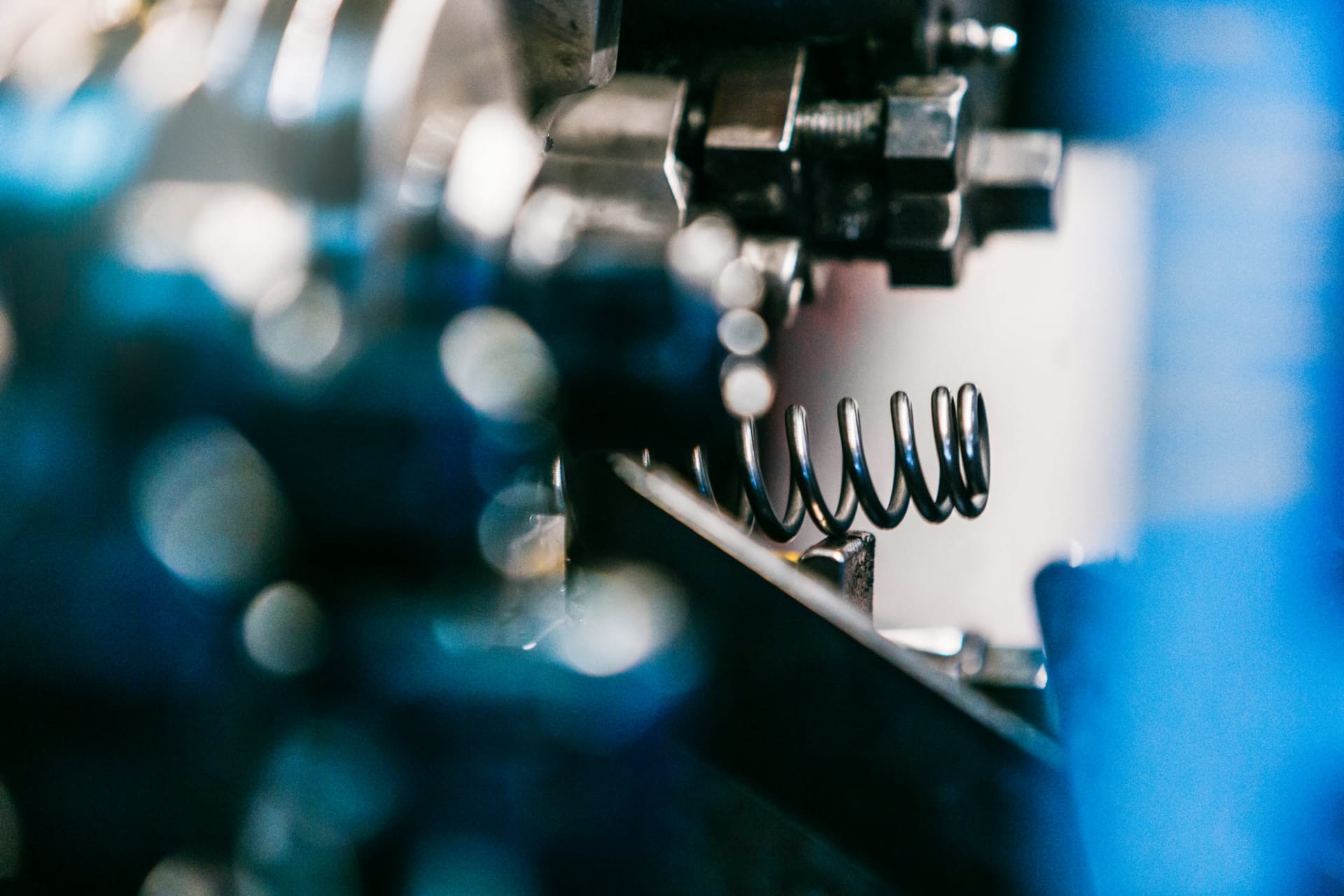Oil tempered spring steel wire
Read more
What our products can do
OTEVA®, shaping futures, embodying our legacy
Throughout our history, Suzuki Garphyttan's commitment to excellence and innovation has been embodied in our oil tempered wire product range. One of the most outstanding examples of this commitment is our OTEVA® line. Designed with precision and manufactured using our proprietary processes, the OTEVA® oil tempered valve and transmission spring wire stand out for their superior quality and performance worldwide.
Used primarily in combustion engine valve springs, as well as transmission and crankshaft damper springs, OTEVA® grades meet the extreme fatigue demands these applications require. They offer exceptional tensile strength, fatigue life, and coiling properties. Thus, ensuring high performance even under the most challenging conditions.
In addition to OTEVA®, our portfolio of oil tempered wire includes a number of other exceptional products, each designed to meet specific performance demands.
Manufacturing advanced oil tempered wire solutions
Our Super Clean steel is designed for valve springs that require high fatigue properties and good relaxation properties even at moderately increased working temperatures. The KD series, an oil tempered clutch spring wire, is optimally designed for clutch springs with various performance demands, delivering good dynamical characteristics. And, the STATO series is an oil tempered wire used for springs subjected to static stress or moderate fatigue, making it a worthy alternative to cold drawn spring wire.
Experience the Suzuki Garphyttan difference
Across our oil tempered wire product range, we maintain a stringent focus on quality, reliability, and adaptability. Each batch of wire undergoes thorough testing, ensuring they meet our high standards and your specific requirements. Our global footprint allows us to meet local needs seamlessly, underlining our dedication to customer satisfaction.
In our quest for continuous improvement, we strive to enhance every aspect of our oil tempered wire products. From refining manufacturing processes to pioneering new applications, we’re relentless in expanding the boundaries of what’s possible with oil tempered steel wire.
Partner with Suzuki Garphyttan and experience the benefits of our oil tempered steel wire products firsthand. Our expertise in oil tempered wire solutions, unwavering commitment to quality, and dedication to innovation position us as your preferred partner for all your wire needs. Together, let’s shape the future of oil tempered wire products.


